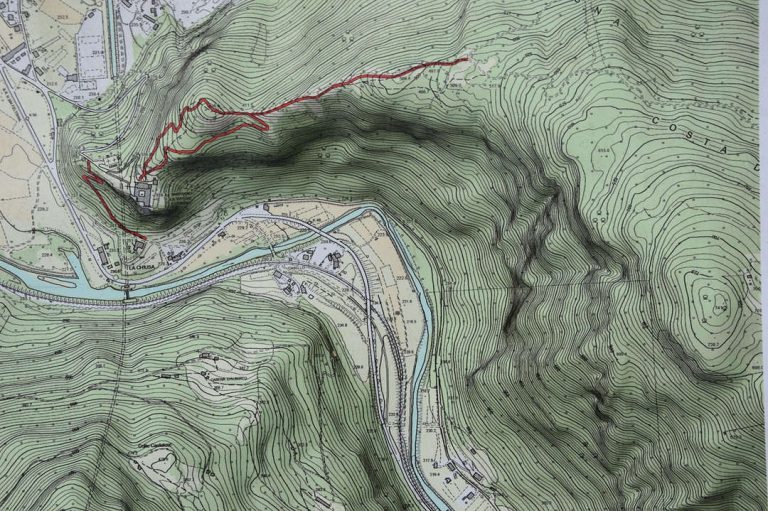Mine Tailings: Management, Treatment & Environmental Impact
Tailings are the by-product of several extractive industries, including those for aluminum, coal, oil sands, uranium, and precious and base metals.
These aren't simply leftover rocks; they're a complex mixture created during the extraction of valuable minerals from ore.
Unlike waste rock or overburden (the initial materials removed to reach the ore), tailings are the processed remnants after the desirable minerals have been separated.
So, what exactly are mine tailings made of? They typically include:
- Crushed rock
- Water
- Trace metals
- Residues from additives like sulfuric acid, cyanide, or even petroleum byproducts are used in the extraction process.
The generation of mine tailings is a multi-stage process. Ore is first crushed and ground into smaller particles. Then, chemical reactions separate the valuable minerals from the rest of the material. This creates large volumes of tailings that require proper management and storage to minimize environmental impact.
This comprehensive guide dives deeper into the world of mine tailings, exploring their composition, potential environmental concerns, and promising solutions for responsible management.
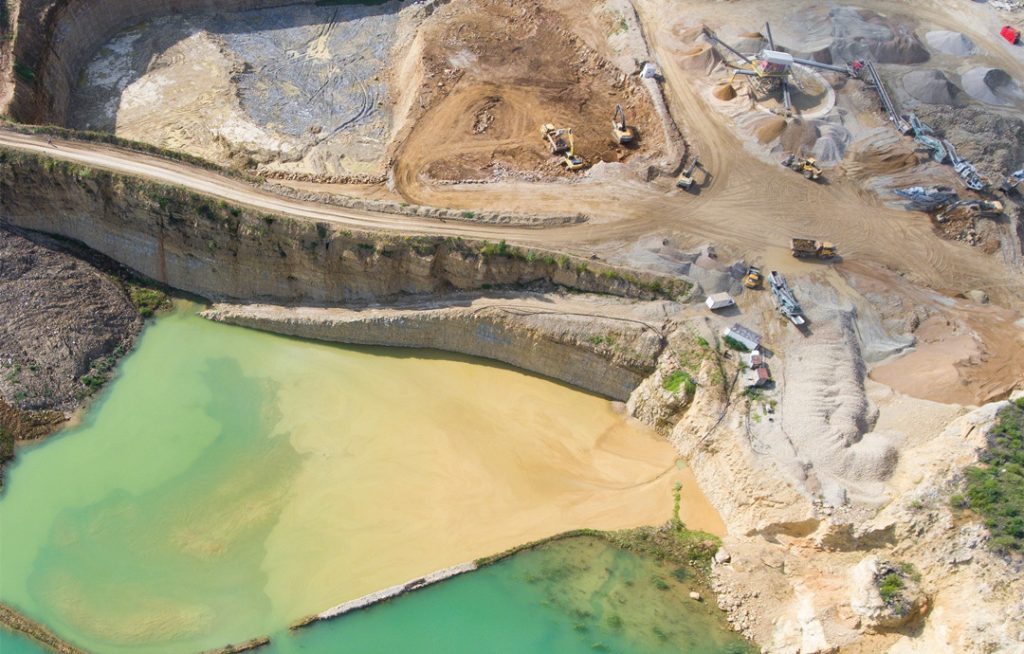
What Are the Dangers of Tailings?
Mine tailings pose significant environmental hazards that require careful management to prevent long-term ecological damage. These dangers stem from various sources, including water contamination, soil degradation, air pollution, and catastrophic dam failures.
Environmental Damage from Mine Tailings
Water Contamination: One of the most critical environmental impacts of mine tailings is water contamination. Tailings often contain heavy metals such as arsenic, lead, and mercury, which can leach into nearby water bodies. This leaching process disrupts aquatic life, contaminates drinking water sources, and poses severe health risks to humans and wildlife. The presence of these toxic metals in water can lead to bioaccumulation in fish and other aquatic organisms, making them unsafe for consumption and disrupting entire aquatic ecosystems.
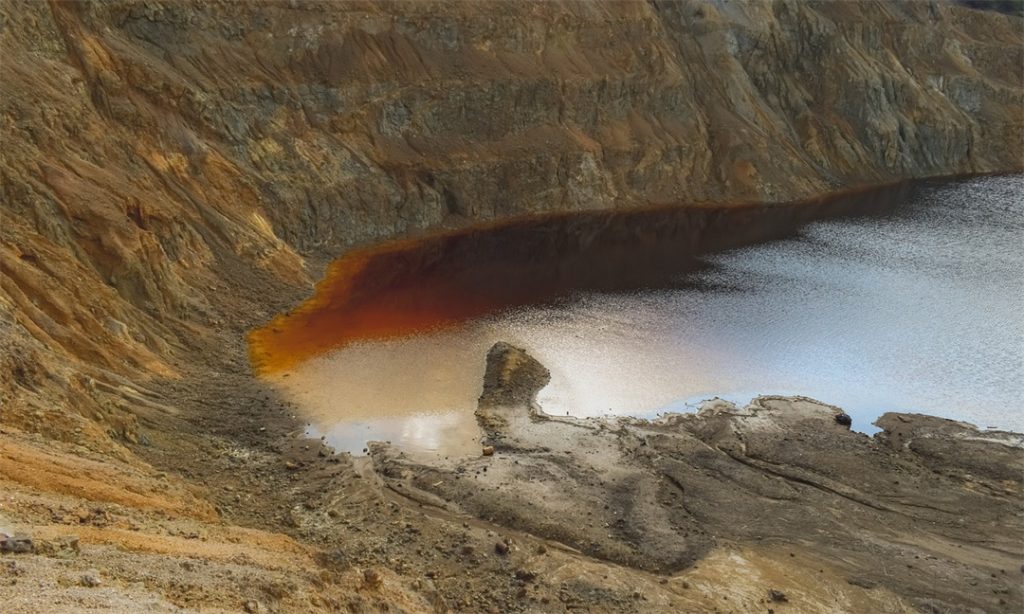
Soil Contamination: Mine tailings also contribute to soil contamination, significantly impacting agriculture and natural vegetation. The presence of toxic substances in tailings can lead to phytotoxicity, where plants absorb harmful chemicals, resulting in stunted growth, reduced crop yields, and even plant death. Contaminated soil can render agricultural land infertile, posing long-term challenges for food production and ecosystem health.
Air Pollution: Dust generation from dry mine tailings is a major source of air pollution. Tailings dust can contain harmful particulate matter and toxic substances that, when inhaled, can cause respiratory issues and other health problems for nearby communities. This dust can travel significant distances, spreading contaminants over wide areas and affecting air quality far from the original source.
Dam Failures: Tailings dam failures are catastrophic events that result in massive environmental devastation. These failures can release millions of tons of toxic waste into the environment, causing immediate and long-term damage. The 2019 Brumadinho dam disaster in Brazil is a stark example, where a tailings dam collapse resulted in the release of toxic mud, killing over 270 people, destroying habitats, and contaminating rivers for miles downstream. Such incidents highlight the importance of robust dam design, maintenance, and monitoring to prevent such disasters.
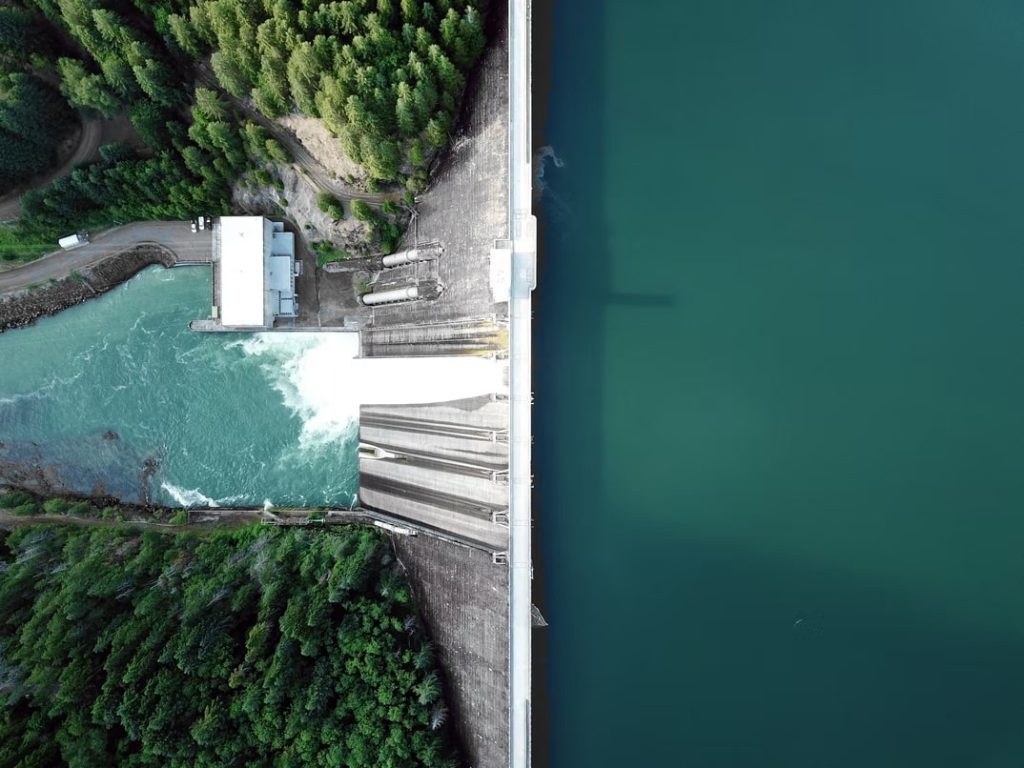
Toxic Substances in Mine Tailings
Heavy Metals: Mine tailings often contain high concentrations of heavy metals, including arsenic, lead, and mercury. These metals are byproducts of mining processes and are highly toxic to both humans and the environment. Arsenic exposure can cause various cancers, skin lesions, and cardiovascular diseases. Lead poisoning can lead to neurological damage, particularly in children, while mercury exposure affects the nervous system, leading to cognitive and motor impairments.
Cyanide: Cyanide is commonly used in gold processing and poses a significant risk of poisoning if not managed correctly. Even at low concentrations, cyanide can be lethal to humans and wildlife. The potential for cyanide to leach into water bodies makes it a critical concern for environmental health, requiring stringent controls and emergency response plans to mitigate risks.
Acidic Drainage: Acidic drainage, also known as acid mine drainage (AMD), occurs when sulfide minerals in tailings react with water and oxygen to form sulfuric acid. This acid can leach heavy metals from the surrounding rock, leading to highly acidic water that is toxic to aquatic life and can severely damage ecosystems. AMD can persist for decades or even centuries, posing long-term challenges for environmental management.
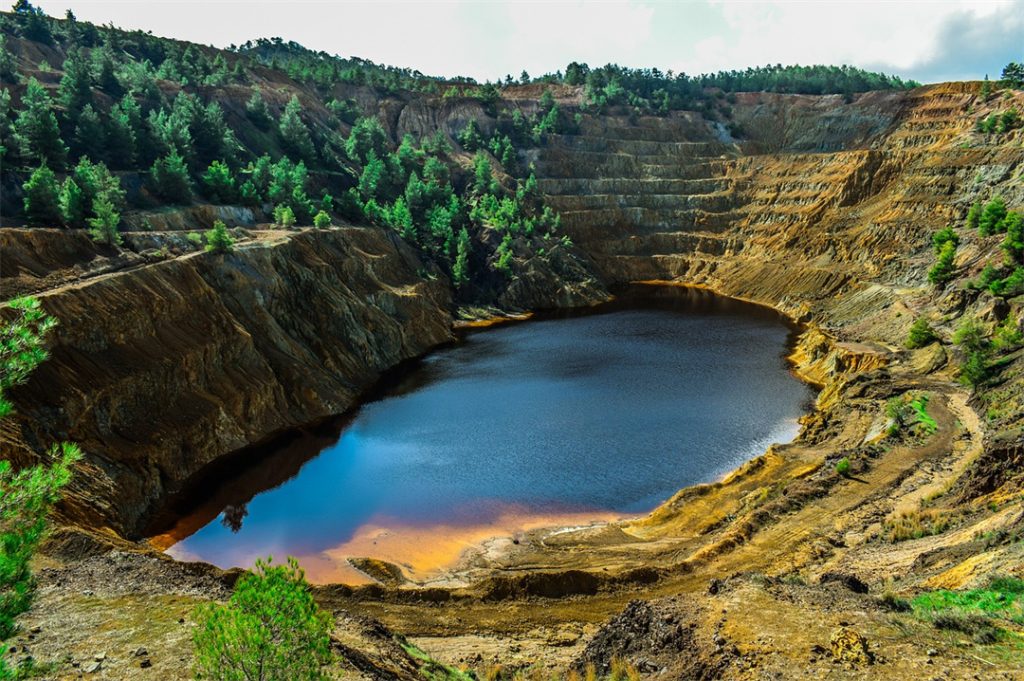
How Are Tailings Stored and Disposed?
Effective storage of mine tailings is essential for minimizing environmental impacts and ensuring the safety of mining operations. Various methods have been developed to manage and store tailings, each offering distinct benefits and challenges.
High-Density Thickened Tailings (HDTT)
High-density thickened tailings (HDTT) involve reducing the water content of tailings to create a denser material. This process offers several advantages:
- Water Recovery: By decreasing the water content, HDTT increases the amount of recoverable water, which can be reused in the mining process, thereby reducing costs associated with evaporation and seepage.
- Oxidation Reduction: Lowering the liquid content in tailings reduces oxidation, which can lead to the formation of acid mine drainage and other environmental hazards.
- Efficient Storage: The compact nature of thickened tailings allows for more efficient storage, requiring less space and reducing the effort needed to construct storage facilities.
HDTT is an environmentally friendly and cost-effective method, making it an attractive option for mining companies focused on enhancing water management and tailings stability.
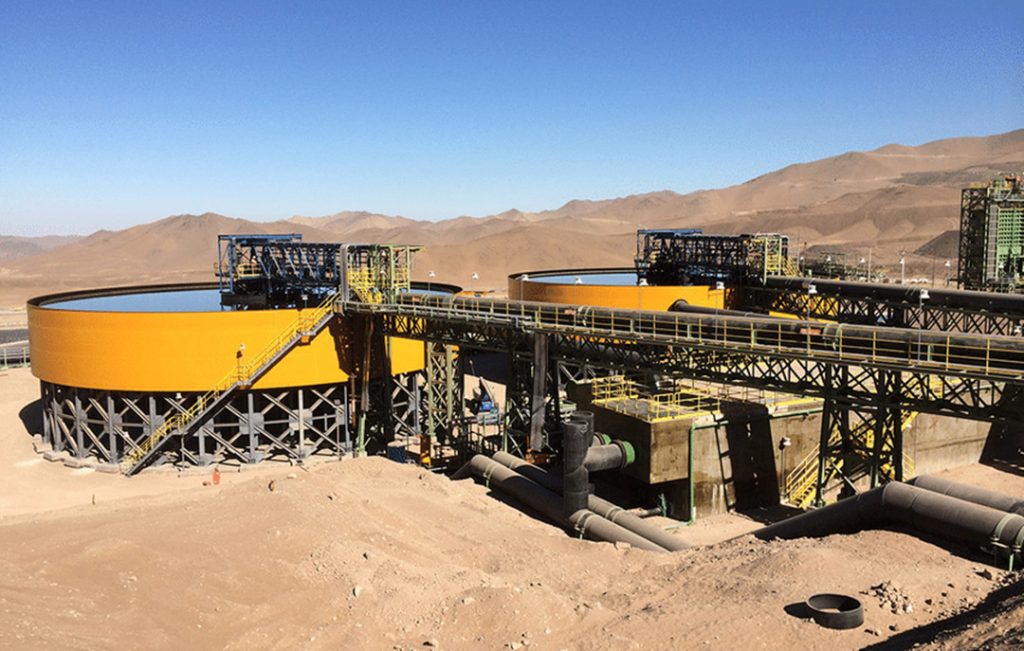
Image credit: researchgate.net
Dry Stacking or Filtered Tailings
Dry stacking, or filtered tailings, involves further reducing the water content of tailings to a state where they can be "stacked" in dry form. Key benefits include:
- Space Efficiency: Dry tailings take up less space, allowing for more efficient land use.
- Reduced Environmental Risk: The lower moisture content minimizes the risk of dam failures and reduces the potential for water contamination and dust generation.
However, dry stacking is more expensive due to the additional processing time required for drying and the transportation methods needed to move the dried tailings to storage facilities.
Despite these costs, dry stacking is highly stable and environmentally responsible, particularly in regions with limited water resources.
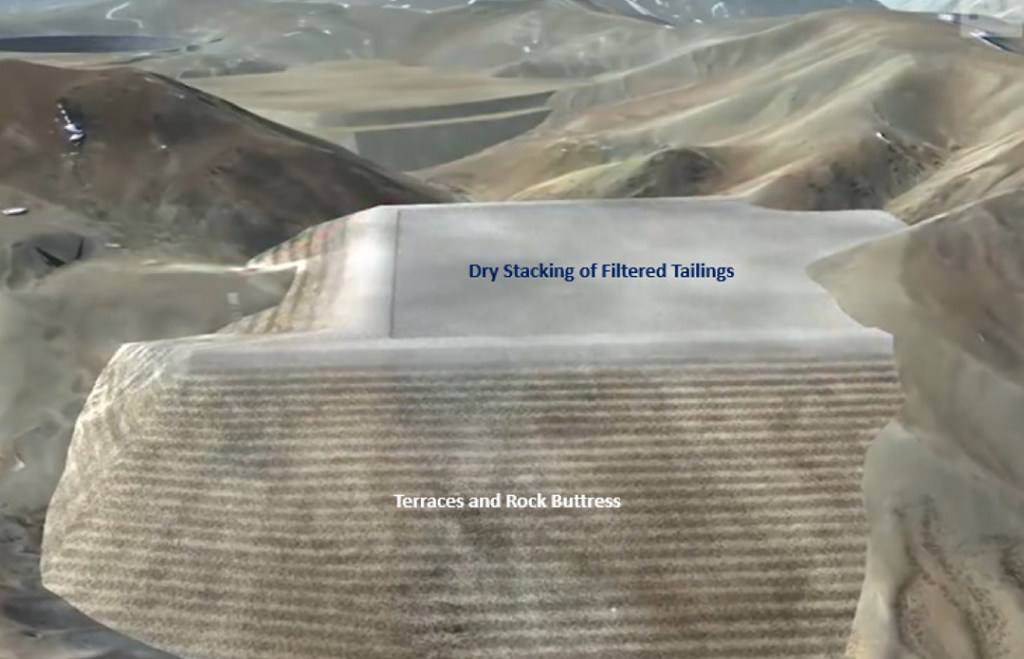
Image credit: mdpi.com
Backfilling
Backfilling involves mixing tailings with cement or a similar binding agent to create a solid material that can be used to support underground mine structures. This method offers several benefits:
- Mine Stability: Backfilling provides structural support to underground mines, enhancing safety.
- Environmental Protection: By keeping tailings underground and bound in solid form, this method reduces the exposure of harmful chemicals to air and water, thereby minimizing the risk of acid mine drainage and other environmental issues.
Backfilling is a practical way to reuse tailings within the mining operation, contributing to both mine safety and environmental protection.
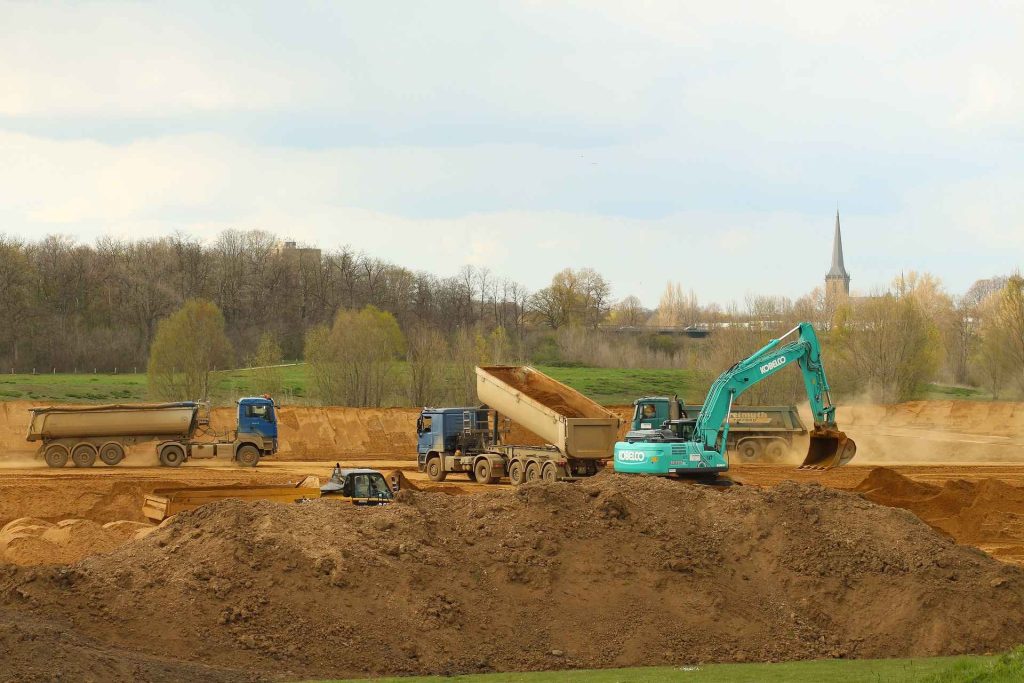
Tailing Dams
Tailing dams are a common method for storing tailings, involving the creation of large impoundments to contain tailings slurry. There are different construction methods for tailing dams, including upstream, downstream, and centerline:
- Upstream Dams: Less expensive but higher risk due to potential instability.
- Downstream Dams: Safer and more stable but also more costly.
- Centerline Dams: A balance between cost and safety, offering moderate stability.
Despite the cost differences, experts recommend prioritizing the safety and reliability of tailing dams to prevent catastrophic failures. Incidents like the 2019 Brumadinho dam disaster in Brazil, which caused extensive environmental and human harm, underscore the importance of robust dam design, construction, and maintenance.
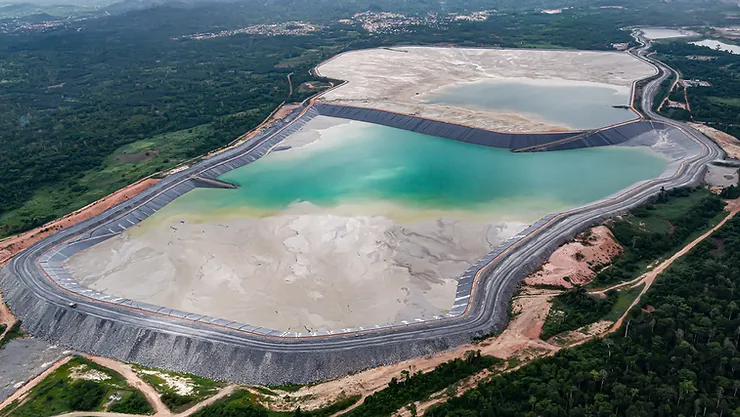
Image credit: saalg.com
Deep-Sea Tailings Disposal (DSTD)
Deep-sea tailings disposal (DSTD) involves depositing tailings in the deep ocean, typically at depths below 1,000 meters. This method aims to minimize the impact on terrestrial and freshwater environments, but it comes with significant environmental concerns:
- Marine Ecosystem Disruption: The deposition of tailings in the deep sea can disrupt marine ecosystems, affecting biodiversity and the health of marine life.
- Pollutant Dispersion: Tailings can spread pollutants through ocean currents, leading to widespread contamination.
- Long-Term Impact: The long-term effects of DSTD are not fully understood, raising concerns about the sustainability and ecological impact of this practice.
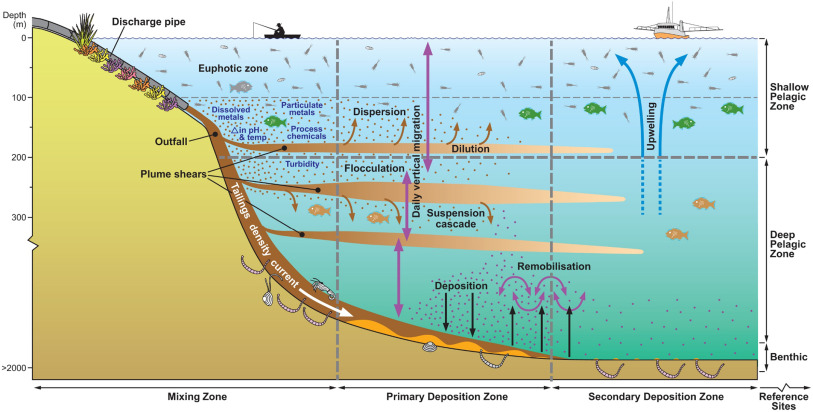
Image credit: sciencedirect.com
Deposition Methods of Tailings
Having explored the various storage options for mine tailings, this part will delve deeper into the specific methods used to deposit these materials within the storage facilities.
Subaqueous Deposition
Subaqueous deposition involves discharging tailings underwater, primarily to mitigate environmental risks associated with acid mine drainage (AMD) and metal mobilization due to oxidation. By restricting oxygen exposure, subaqueous deposition minimizes the potential for harmful reactions, especially in tailings containing sulfides prone to oxidation.
This method is particularly relevant for sites with tailings prone to acid generation and environmental contamination. It is commonly used in environments where water bodies are available for tailings disposal and where strict environmental regulations necessitate measures to prevent AMD and metal leaching.
The Lisheen mine in Ireland employs subaqueous deposition to manage its tailings. The mine's operating license mandates depositing all tailings subaqueously with a minimum water depth of 1.3 meters above the tailings in June and 1 meter in October. This practice effectively controls AMD by keeping tailings submerged and oxygen-free.
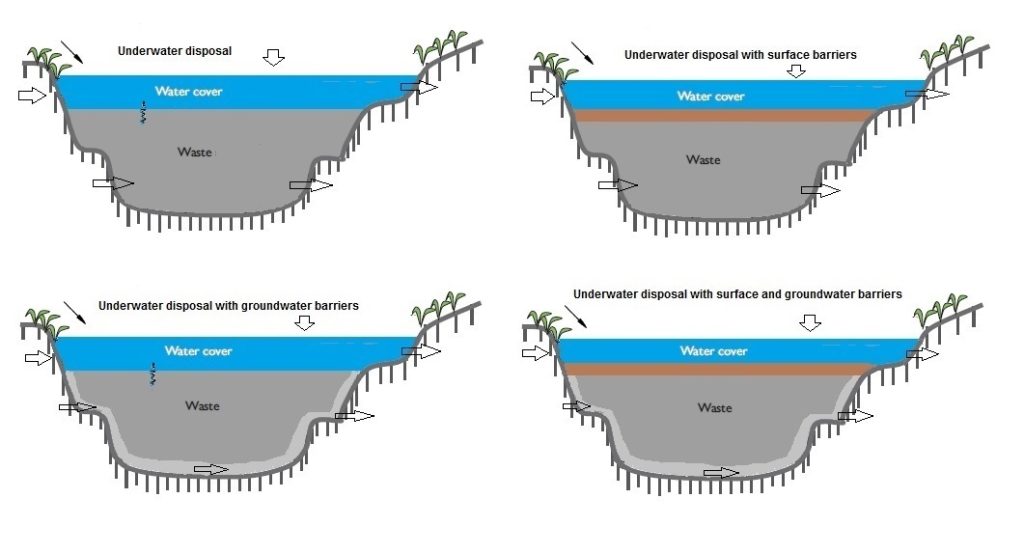
Pit disposal concepts (adapted from MEND 1995)
Management Considerations
- Even Distribution: Careful management is essential to prevent issues such as differential settlement and liner damage. Regular monitoring of tailings distribution and depth measurements is crucial to ensure even deposition and to avoid liner compression or ruptures.
- Slope Management: Discharging tailings below water can create significantly steeper slopes than subaerial deposition. Regularly moving the distribution head or spigot is necessary to avoid differential settlement and slumping, which can damage synthetic liners.
- Environmental Impact: While subaqueous deposition mitigates AMD, the overall environmental consequences, particularly for offshore disposal, require thorough understanding and assessment to avoid unforeseen ecological impacts
Subaerial Deposition
A subaerial deposition involves placing tailings above the water line, typically forming a sloping beach toward the supernatant pond. This technique allows for oxygen exposure, promoting evaporation and aiding in the breakdown of certain compounds like cyanide.
A subaerial deposition is more common than subaqueous methods and is practiced in environments where water bodies are limited or where tailings characteristics allow for exposure to oxygen without significant environmental risks. It is commonly used in tailings facilities with multiple discharge points, facilitating the rotation of deposition zones.
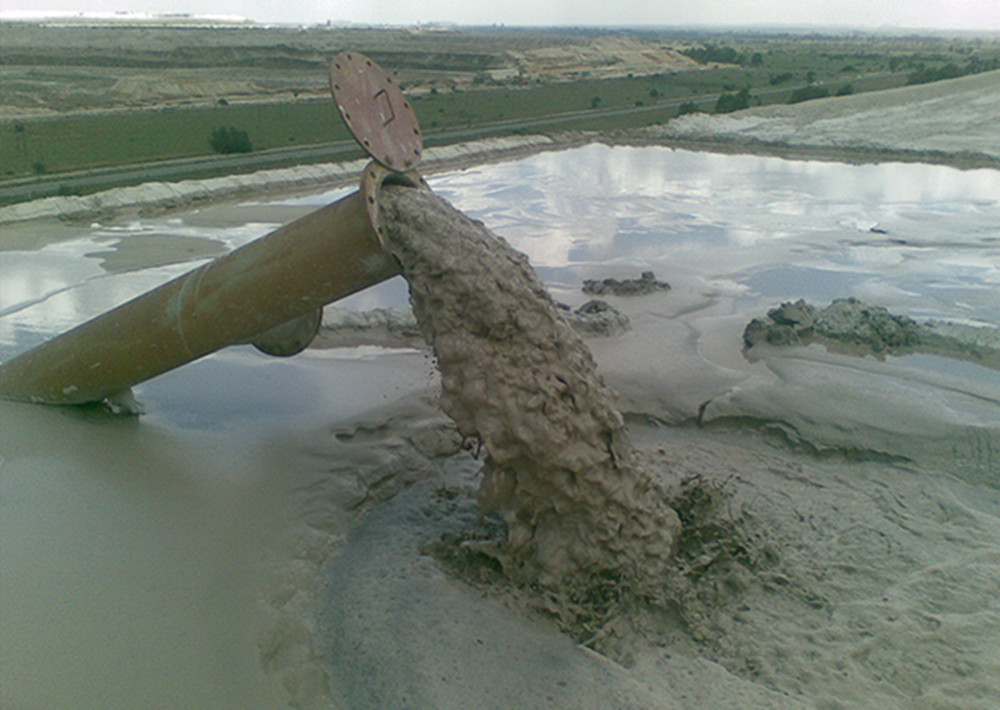
Image credit: goldfields.com
Process and Techniques
- Beach Formation: As tailings are discharged, they form a Beach Above Water (BAW) that slopes gently toward the supernatant pond. Tailings discharge onto the beach, creating shallow, low-velocity braided streams that allow the tailings to settle and segregate.
- Rotation and Drying: Multiple discharge points enable the rotation of tailings deposition to different zones within the facility. This rotation allows newly deposited tailings to bleed, dry, and consolidate, promoting in situ density gain and optimizing storage volume.
Management Considerations
- Climate and Tailings Characteristics: The frequency of discharge point rotation and the number of deposition zones depend on climate conditions, tailings production rates, drying characteristics, and facility shape.
- Drainage Systems: Effective subaerial deposition requires under-drainage systems to intercept seepage and convey it out of the facility, promoting faster drying.
- Oxidation and Environmental Impact: Subaerial deposition exposes beached tailings to oxygen and water, potentially leading to the oxidation of infused sulfides and acid production if the tailings have acid-generation potential. Conversely, this exposure can enhance evaporation and help degrade cyanide compounds used in ore extraction.
Spigot Discharge
Spigot discharge methods involve multiple discharge points strategically located around the tailings facility. This approach aids in controlling the deposition geometry, promoting even layering, and preventing pond encroachment or embankment risks.
This method is widely used in both subaqueous and subaerial deposition methods. It is particularly effective for surface storage facilities where multiple spigots help control the layer thickness of tailings and prevent pond encroachment.
Process and Techniques
- Multiple Outfalls: Tailings are discharged through multiple spigots along the facility's perimeter, creating a beach between the embankment and the supernatant pond. This setup surrounds the pond with beached tailings, aiding in its containment.
- Layer Management: Using a cyclic program of discharge and drying, spigot discharge allows for controlled layer thickness and density optimization. This method helps prevent the pond from encroaching on the embankment, maintaining freeboard and reducing risk.
Management Considerations
- Pipework Challenges: Managing multiple spigots involves addressing potential blockages, ruptures, and uneven deposition. Monitoring and maintenance schedules are intensified to ensure proper tailings delivery.
- Deposition Plan: Establishing and implementing a detailed deposition plan during the design stage is crucial for effective spigot discharge. Incorrect spigot spacing can lead to undulating beaches, reducing deposition efficiency.
Single-Point Discharge
Single-point discharge involves directing tailings from a single discharge point, typically used in specific impoundment designs or where pond placement against a valley face can be managed effectively.
This method is suitable for valley-type impoundments or scenarios where dispersed deposition is not required. It may not be ideal for environments requiring dispersed deposition or where embankment integrity is a concern.
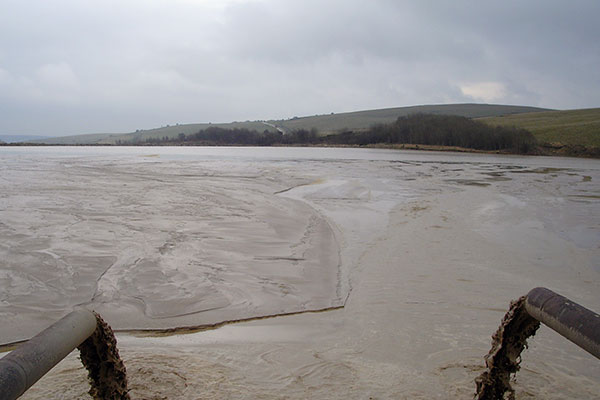
Single point discharge at Glebe Mines, Derbyshire, England (© Jon Engels)
Process and Techniques
- Delta Formation: Single-point discharge often results in the formation of deltas or a single beach deposit within the impoundment. The supernatant pond is typically constrained to a specific area, which may be against one of the embankment walls.
- Thick Layer Deposition: This method places tailings in relatively thick layers, which may remain saturated for extended periods if not adequately dried before new layers are added.
Management Considerations
- Pond Dynamics: Careful planning and monitoring are essential to manage pond placement and prevent seepage erosion. The lower end of the impoundment collects finer particles, increasing seepage risks.
- Drying and Saturation: Single-point discharge can lead to prolonged saturation of tailings, requiring strategies to ensure adequate drying and consolidation. This method is particularly suited to environments where the supernatant pond can be effectively managed against natural features like valley faces.
Mine Tailings Water Treatment
The composition of tailing water can vary significantly depending on the ore being mined and the processing methods used.
Here's a breakdown of some key contaminants and their potential environmental threats:
- Suspended Solids: These fine particles (think silt or clay) range in size from 1 micrometer (µm) to 1 millimeter (mm).
- Dissolved Metals: These include heavy metals like arsenic (As), copper (Cu), lead (Pb), and zinc (Zn).
- Sulfates and Sulfides: Oxidation of sulfide minerals (like pyrite, FeS₂) in tailings can generate sulfuric acid (H₂SO₄), leading to acidic drainage (AD) with a pH as low as 2.
- Other Chemicals: Depending on the mining process, additional contaminants like residual processing chemicals or organic compounds may be present, such as Cyanide (CN⁻) and Flotation Agents.
Treatment Techniques
There's no single "one size fits all" solution for mine tailing water treatment. The most effective approach often involves a combination of techniques tailored to address the specific contaminants and desired outcomes.
Here are some commonly employed methods, along with specific details and applications, incorporating advancements from recent research:
Physical Separation
- Sedimentation: This allows heavier particles to settle out of the water column over time. It's effective for removing larger sized suspended solids (> 63 micrometers).
- Thickening: This uses specialized tanks to accelerate the settling process. Thickeners can be conical or rectangular and employ flocculants (chemicals that help particles clump together) for enhanced efficiency.
- Filtration: This process uses filter media (like sand or membranes) to physically separate suspended solids from the water. Specific types of filtration include pressure filtration, microfiltration, and ultrafiltration, with each offering different pore sizes for varying degrees of separation.
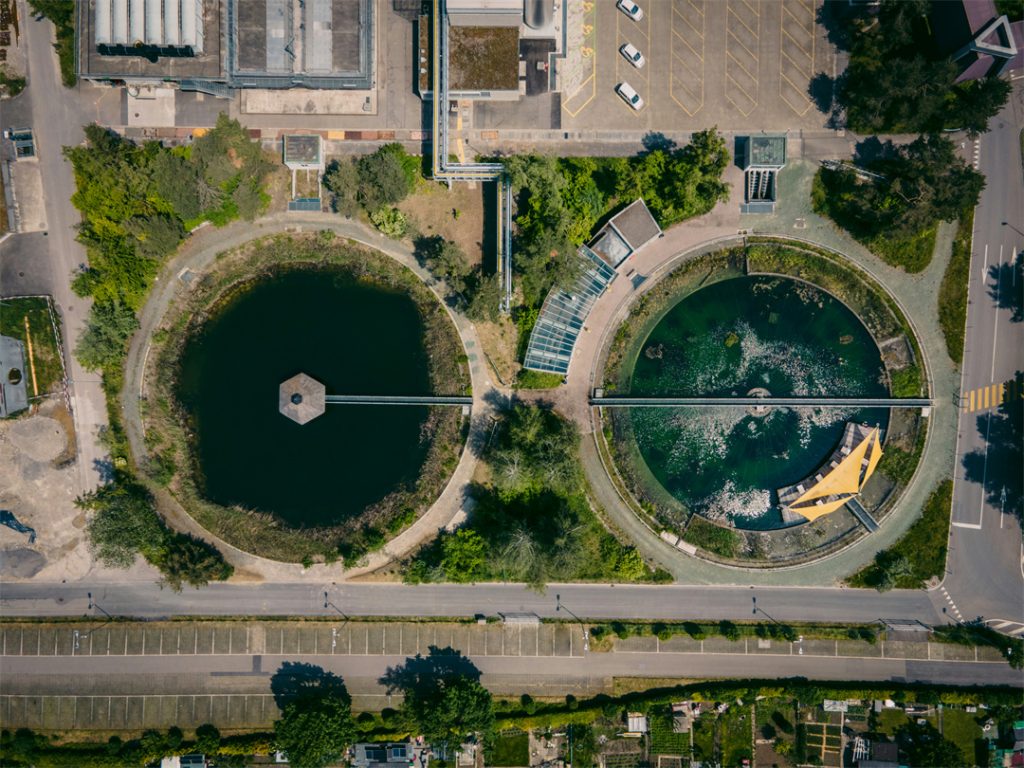
Chemical Precipitation
This method uses specific chemicals to induce the formation of solid precipitates that trap dissolved metals.
The choice of chemicals depends on the target metals. For example, lime (calcium hydroxide) can be used to precipitate many metals as hydroxides (e.g., CaCO3 for copper removal).
The Jar Test is a small-scale laboratory test used to determine the optimal type and dosage of chemicals for effective precipitation.
Ion Exchange
This technique utilizes specialized synthetic resins containing charged functional groups that selectively bind and remove targeted metal ions from the water.
Different resins are designed for specific metals. For example, strong cation exchange resins can remove cations like lead, copper, and cadmium, while weak anion exchange resins can target anions like chromate or arsenate.
Wetland Treatment
Constructed wetlands mimic natural wetland systems to passively remove contaminants. These systems often rely on biological processes, including plant uptake and microbial activity, to break down or immobilize pollutants.
Specific wetland designs may incorporate horizontal subsurface flow through constructed beds with specific plant species chosen for their contaminant removal capabilities.

Reverse Osmosis (RO)
For high salinity brines or complex wastewater streams, RO membranes can be used to remove a broad range of dissolved ions and molecules. The process utilizes pressure to force water through a semi-permeable membrane, leaving concentrated brine solution behind.
However, RO is an energy-intensive process and requires careful management of the concentrated brine reject stream, which may require further treatment or disposal.
Biological Treatment
In some cases, biological processes can be employed to treat specific contaminants. Here are two examples:
- Sulfate-Reducing Bacteria (SRB) Reactors: These reactors encourage the growth of SRB that can convert sulfate (SO₄²⁻) to less harmful sulfide (S²⁻) under anaerobic conditions (without oxygen). This helps to reduce the acidity of AD and prevent the mobilization of metals.
- Bioremediation: This approach uses naturally occurring microbes or specially cultivated strains to break down or detoxify organic contaminants in the tailing water. The specific type of bioremediation employed depends on the nature of the organic compounds present.
How Are Drones Revolutionizing Mine Tailing Management?
Tailing storage demands long-term monitoring. Traditional methods are slow and risky. Mining drones offer a safe, efficient, and data-rich alternative, ensuring sustainable TSF management.
Eliminating Human Risk
Mine tailing ponds are inherently hazardous. Unstable slopes, precarious inclines, and the ever-present threat of dust inhalation pose significant risks to human inspectors. Drones eliminate the need for personnel to enter these areas altogether.
Imagine a high-resolution camera-equipped drone soaring over the TSF, meticulously capturing every detail from a safe distance. This not only protects workers but also allows for more frequent inspections, crucial for proactive maintenance and preventing potential disasters.
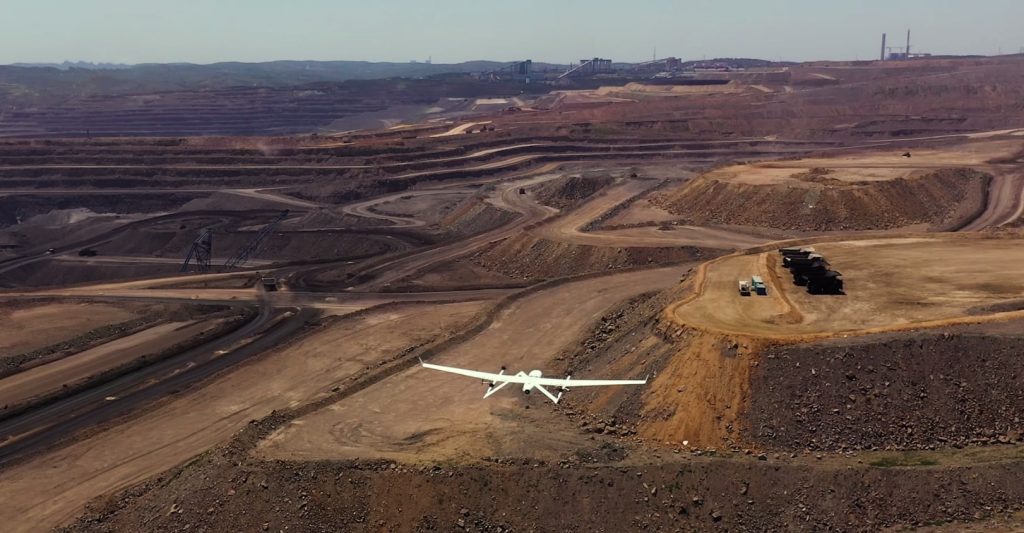
Precise Measurements and Real-Time Insights
Gone are the days of laborious manual surveying. Drones equipped with advanced LiDAR (Light Detection and Ranging) technology can create detailed 3D models of the TSF topography in a fraction of the time. This precise data provides invaluable insights for:
- Accurate Volume Calculations: Knowing the exact volume of tailings stored within the TSF is essential for capacity management and regulatory compliance. Drones deliver these measurements with unmatched accuracy, ensuring efficient utilization of the storage facility.
- Early Warning Signs of Instability: The high-resolution 3D models generated by drones can reveal even the subtlest changes in the TSF's topography. Cracks in the liner, potential erosion patterns, or any developing instability become readily apparent, allowing for immediate intervention before a major incident occurs.
Targeted Suppression and Reduced Water Usage
Dust generated from tailings poses a significant health and environmental concern. Traditionally, water cannons or sprinklers were used for dust suppression, often leading to excessive water usage. Drones, however, offer a more targeted and efficient approach.
Equipped with specialized sensors, drones can map the extent and concentration of dust plumes, allowing for the precise deployment of water cannons or misting systems only in the affected areas. This not only conserves water but also ensures maximum effectiveness in dust suppression.
Long-Term Monitoring for a Sustainable Future
Even after a mine closes, the TSF requires long-term monitoring to ensure its stability and environmental impact are minimized. Drones offer a cost-effective and efficient solution for post-closure monitoring.
Regular aerial inspections can identify any vegetation growth that might compromise the liner integrity, detect water ponding that could lead to mosquito breeding, or reveal potential structural issues before they escalate. This allows for timely and targeted interventions, safeguarding the surrounding environment for years to come.





